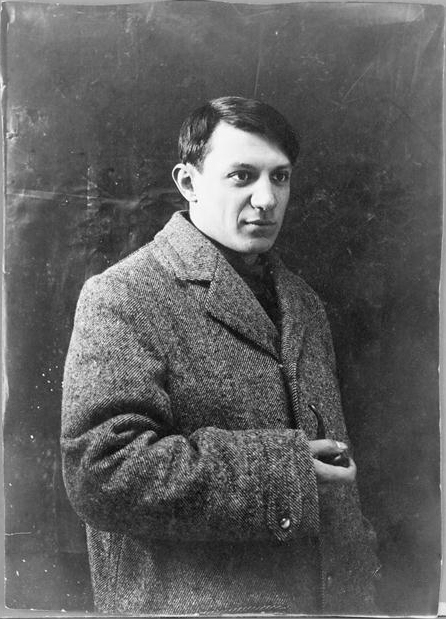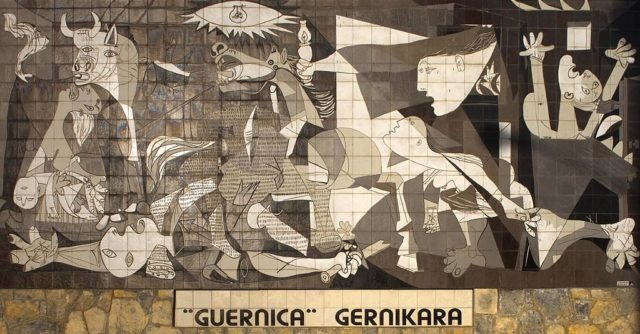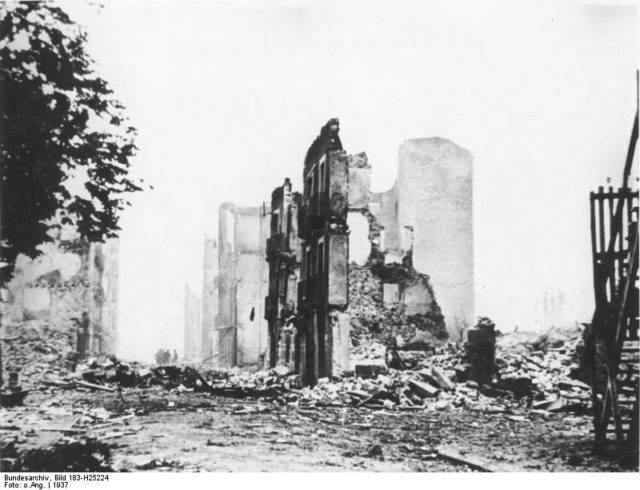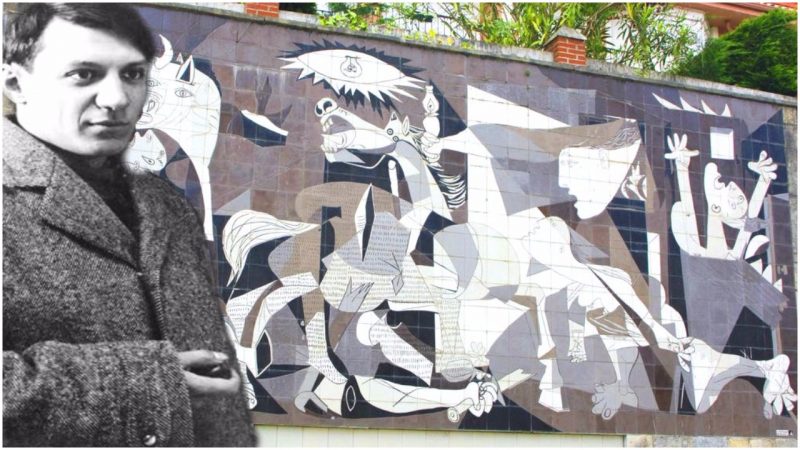The iconic Spanish artist Pablo Picasso is one of those rare artists to have gained fame and wealth while he was still alive.
Born on October 25, 1881, in Malaga, the co-founder of Cubism moved around a lot during his early life. His family shifted to A Coruna when he was ten years old and stayed there four years, before moving to Barcelona.
Only two years later, the young artist moved to Madrid, where he studied at the most prestigious art school in Spain, the Real Academia de Bellas Artes de San Fernando. Then a poor student, Picasso returned to Barcelona in 1899 and remained there until the beginning of the 20th century. His new home? Paris, where he spent the majority of his adult life.

Picasso opened a studio in the French capital and created most of his marvelous paintings. Although best known as a painter, his art included ceramics, sculpting, playwriting, and poetry. Constantly experimenting, Picasso changed style many times during his incredibly rich and fruitful career.
When the Second World War came to France, Pablo chose to remain in Paris, unlike many other artists who fled from the German occupation. As his artistic style was considered to be degenerate by the Nazi regime, Picasso did not exhibit his work publically during the war.
With the city under curfew, Parisians were constantly arrested and interrogated, and the artist was no exception. Picasso was particularly harassed by the Gestapo, the Nazi secret police. On one occasion, while the Nazis searched his apartment, a Gestapo officer saw a photograph of one of Picasso’s most famous works, Guernica. The 1937 painting depicts the bombing of Guernica, a city in Spain attacked by the German and Italian fascists at the direction of Francisco Franco and the Spanish nationalists. When the Gestapo officer spotted the photograph, he asked Picasso, “Did you do that?” only to receive the artist’s answer: “No, you did.”

During the war, Picasso created several major pieces, including the Still Life With Guitar in 1942 and The Charnel House in 1944. At the same time, he was creating sculptures with bronze, even though the Germans forbade bronze casting. His friends within the French Resistance supplied him with smuggled bronze. A dozen of these pieces, as well as prints and drawings, were donated to Warsaw’s art museum by the artist himself. He also wrote poems and plays during the war years, most of them scatological and erotic. It is estimated that Picasso wrote more than 300 poems in his career.
Picasso returned the favors of the French Resistance by providing shelter to anyone who was sent by them. A part of his defiance of the occupation was the reading of one of his plays in 1944, with Albert Camus as director and the acting performed by the likes of Jean-Paul Sartre and Simone de Beauvoir.
The famous artist remained in Paris until it was liberated in 1944. Treated as a hero, the 63-year-old painter was constantly visited by friends and admirers who were delighted by his acts during the war. However, the fact that Spain was still under the command of Franco upset him and led Picasso to join the French Communist Party. Even though the Communists had radical views towards art, preferring realism, they allowed the artist to continue with his unconventional approach.
Only six weeks after Paris was liberated, an art exhibition was organized in the reopened Salon d’Automne, and Picasso was one of the honored participants. His works were not accepted by the more conservative and right-wing-oriented youth, whose members even tried to destroy his paintings. Luckily for the artist, the police intervened and guarded the entire exhibition.

Pablo Picasso was incredibly prolific. The total number of artworks created by him is estimated to be more than 50,000, including 1,885 paintings, 2,880 ceramics, 12,000 drawings, and 1,228 sculptures. In his later life, Picasso moved to the South of France. The infamous womanizer and father of four children died on April 8, 1973, in Mougins, France.
Even at 91 years of age, Picasso was actively painting, and he was working hours before the heart attack that killed him. He remains the most influential artist of the first half of the 20th century. He even holds the record for the most expensive painting ever sold, when his piece Nude, Green Leaves and Bust was auctioned for $106.5 million.
